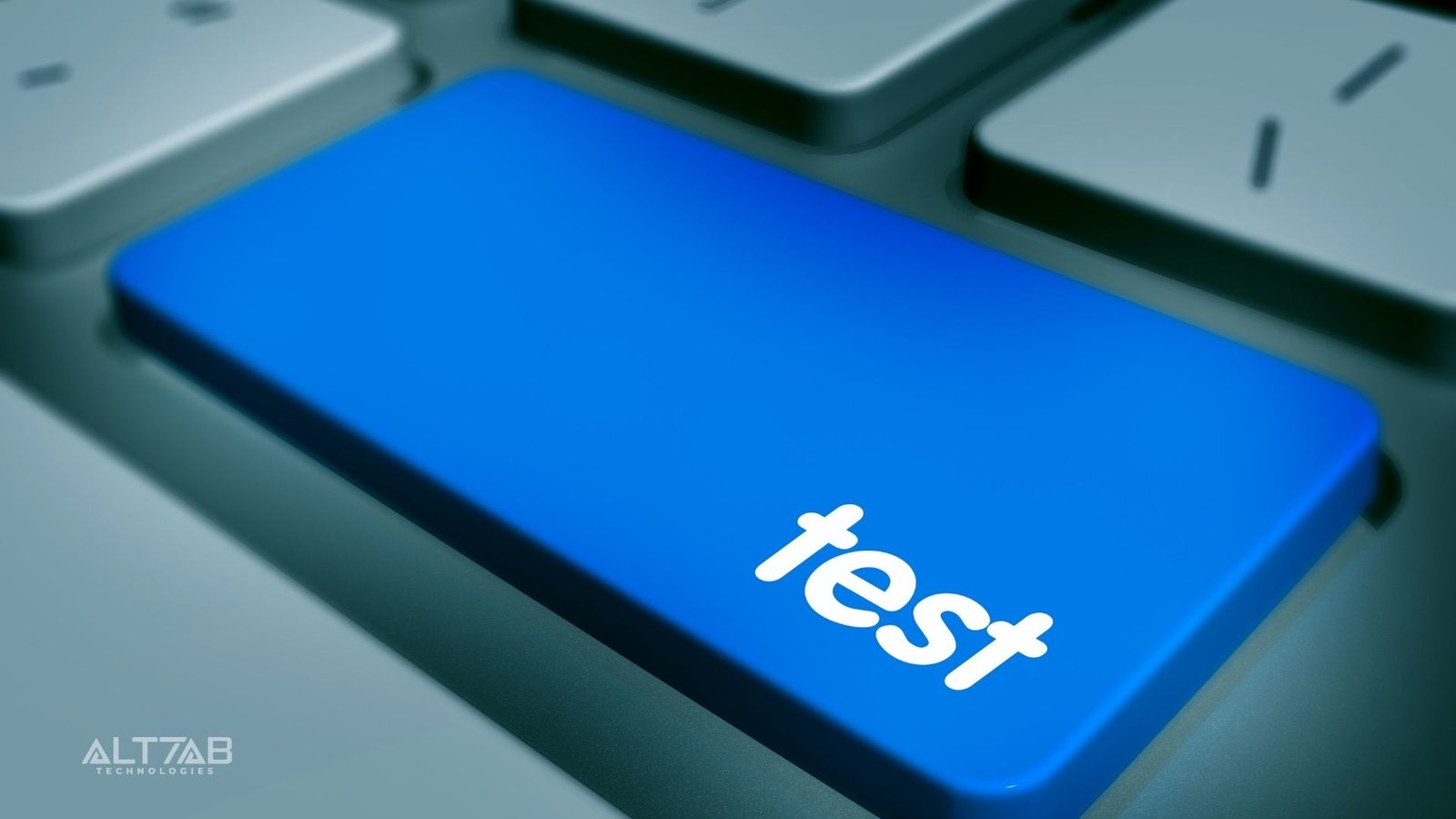In today’s ever-changing digital world, advertising has become a vital part of any successful marketing strategy. With intense competition and limited budgets, ensuring your ad creatives perform at their best is crucial. This is where A/B testing, a powerful technique, comes in. It helps optimize ad creatives, maximize return on investment (ROI), and drive better conversions. In this guide, we’ll delve into A/B testing for ad creatives, providing proven strategies to keep you ahead of the game.
What is A/B Testing?
A/B testing is a vital tool in marketing and advertising, helping you understand which version of your content performs better. By comparing two versions with different elements, you can gather valuable insights into what works best for your audience. Metrics such as click-through rates, conversion rates, and overall engagement are essential indicators of success. The primary goal of A/B testing is to optimize your ads for maximum effectiveness, ensuring every dollar spent on advertising delivers the best results possible.
The primary objective of A/B testing is to understand which version resonates more with your target audience and drives the desired actions, such as clicks or purchases. By collecting data on user behavior and preferences, you can make informed decisions to optimize your ads for maximum effectiveness. This data-driven approach eliminates the need for guesswork and allows you to refine your advertising strategies based on tangible insights garnered from real audience interactions.
Why A/B Test Your Ad Creatives?
1. Improve Ad Performance: A/B testing empowers you to pinpoint the most effective ad creatives, resulting in improved campaign performance and higher ROI.
2. Understand Your Audience: By analyzing the performance of different ad variations, you can gain valuable insights into your target audience’s preferences, behaviors, and motivations.
3. Maximize Ad Spend: With optimized ad creatives, you can ensure that every dollar spent on advertising is being used efficiently, reducing waste and maximizing your return on investment.
4. Stay Ahead of the Competition: In the highly competitive digital advertising landscape, A/B testing can give you a significant edge by enabling you to continuously refine and improve your ad creatives.
Setting Up an A/B Test for Ad Creatives
Before you can begin A/B testing your ad creatives, you’ll need to set up the test properly. Here are the steps to follow:
1. Define Your Hypothesis: Start by identifying the specific element(s) of your ad creative that you want to test. This could be the headline, image, call-to-action (CTA), or any other component that might impact performance.
2. Create Variations: Develop at least two variations of your ad creative, each with a distinct change to the element(s) you’re testing. Ensure that the variations are significantly different to yield meaningful results.
3. Determine Sample Size: Calculate the sample size required to achieve statistically significant results. This will depend on factors such as your desired confidence level, expected conversion rate, and the minimum detectable effect size.
4. Set Up the Test: Use your advertising platform’s built-in A/B testing tools or third-party testing solutions to create and launch your ad variations.
5. Monitor and Analyze: Closely monitor the performance of each ad variation throughout the testing period. Analyze the data, including CTRs, conversion rates, and other relevant metrics, to determine the winning variation. 6. Implement the Winner: Once you’ve identified the winning ad creative, implement it across your campaigns and continue optimizing based on the insights gained.
6. Implement the Winner: Once the winning ad creative is identified, implement it across your campaigns and continue optimizing based on insights gained.
Strategies for Effective A/B Testing of Ad Creatives
1. Test One Element at a Time: Isolate the impact of each element by testing one variable at a time, avoiding confusion about which changes contributed to performance differences.
2. Use Compelling Headlines: Headlines are often the first thing that catches a user’s attention, so testing different headline variations can have a significant impact on ad performance. Experiment with different tones, lengths, and value propositions.
3. Optimize Visual Elements: Images and videos can be powerful attention-grabbers and can influence a user’s decision to engage with your ad. Test different visual elements, such as product shots, lifestyle images, or video formats, to see which resonates best with your audience.
4. Refine Your Call-to-Action (CTA): A strong CTA can make a significant difference in your ad’s ability to drive conversions. Test different CTA button colors, text, and placement to determine the most effective approach.
5. Experiment with Ad Copy: The ad copy, or the body text, is where you can convey your value proposition and persuade users to take action. Test different copy lengths, tones, and messaging angles to find the most compelling approach.
6. Target Specific Audiences: Different audience segments may respond differently to the same ad creative. Consider testing ad variations targeted at specific demographics, interests, or behavior patterns to optimize your messaging and creative approach.
7. Leverage Ad Extensions: Many advertising platforms offer ad extensions, such as sitelink extensions, callout extensions, or review extensions. Test the impact of these extensions on your ad’s performance and user engagement.
8. Continuously Test and Iterate: A/B testing is an ongoing process. Once you’ve identified a winning variation, continue testing and iterating to further optimize your ad creatives and stay ahead of the curve.
Best Practices for Successful A/B Testing
1. Set Clear Testing Goals: Define measurable goals for your A/B tests, such as increasing CTRs, conversion rates, or overall engagement. This will help you evaluate the success of your tests and make data-driven decisions.
2. Establish a Testing Timeline: Determine a realistic testing timeline that accounts for sufficient traffic volumes and allows for statistically significant results.
3. Use Reliable Testing Tools: Leverage reliable A/B testing tools or platforms that provide accurate data and robust reporting capabilities.
4. Segment and Target Effectively: Segment your audience based on relevant factors to ensure meaningful and targeted tests.
5. Analyze and Interpret Results Objectively: Approach data analysis with an objective mindset to avoid biases and draw accurate conclusions.
6. Communicate Test Results: Share A/B test results with stakeholders, providing insights and recommendations for future optimization efforts.
7. Continuously Learn and Adapt: Stay abreast of industry trends and best practices to continually refine and enhance A/B testing strategies for optimal results.
Conclusion
A/B testing is essential for success in digital advertising. By testing and improving your ad creatives, you can drive better results and maximize your ROI. Keep testing, refining, and implementing best practices to ensure your ads are as effective as possible in the ever-changing digital landscape.




